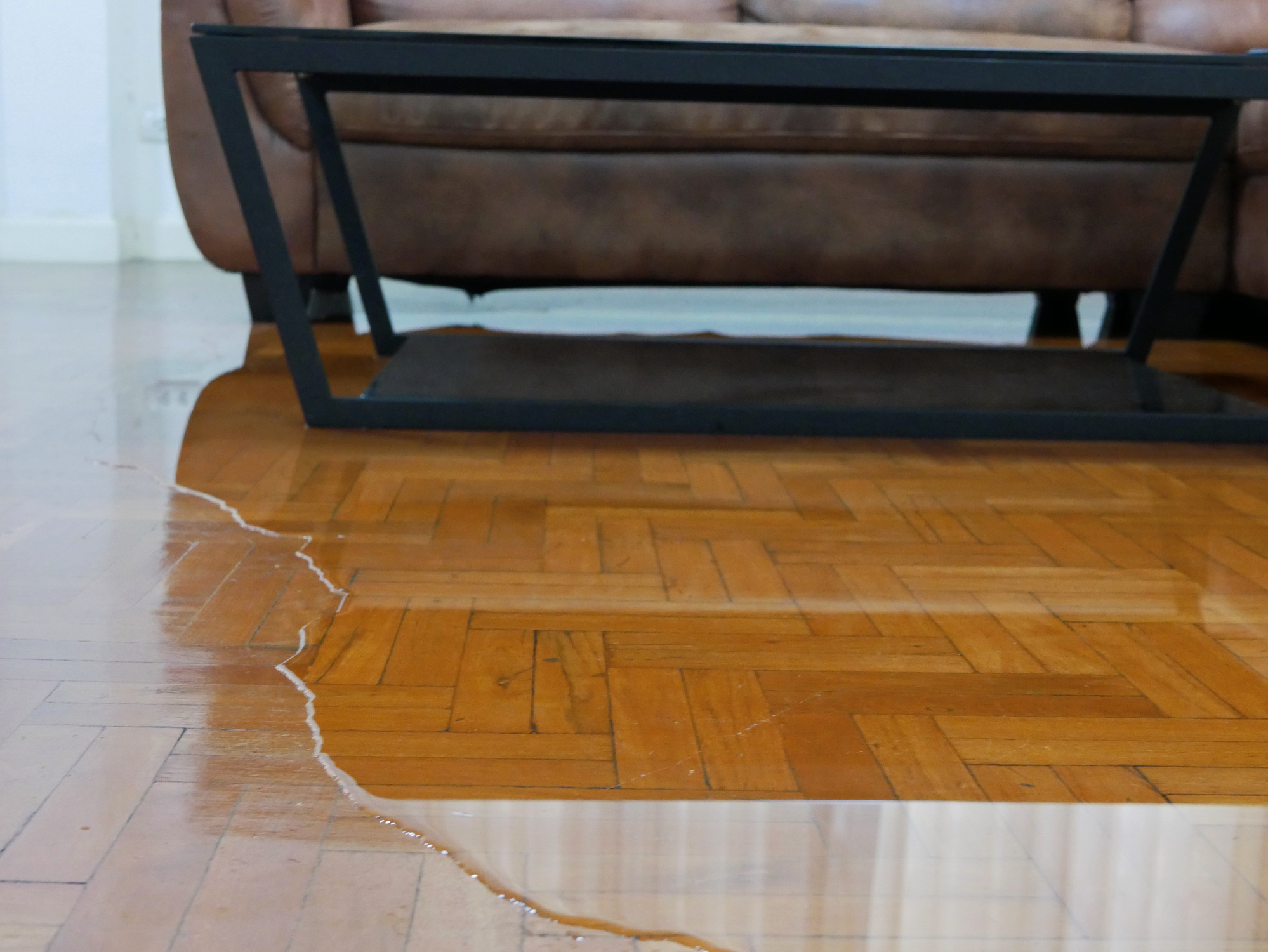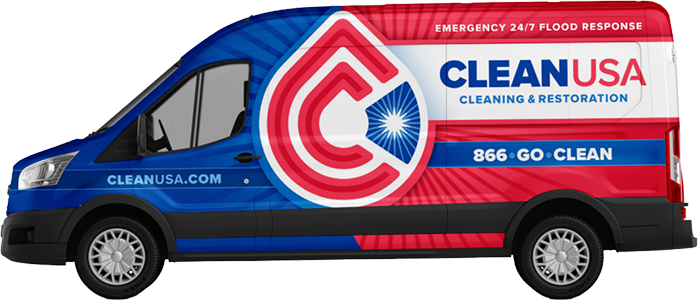Water damage restoration involves cleaning, drying and restoring damaged materials. The process begins with an assessment and inspection of the area in question – professional cleaners are usually capable of categorizing damage by type or severity.
Clean water repair costs depend on the surface and material involved. It is crucial that surfaces dry quickly in order to avoid mold growth and other related issues.
Cost per square foot
Cost to repair water damage depends on various factors, including its extent and what repairs are necessary. If, for instance, major construction tasks must be performed, like tearing out carpeting, removing and replacing drywall panels, or performing other major tasks, labor costs will generally increase exponentially from those for less extensive jobs; companies typically charge between $70 to $200 per hour in labor charges.
Location also plays an important role when estimating water damage costs. A basement with only an inch of clean water flooding it usually results in lower restoration costs than two feet of black water flooding a bathroom, due to being contaminated with human feces and other potentially harmful substances.
Class 1 water damage generally involves clean water damage confined to one room and may be remedied by the homeowner themselves, or professional remediation may cost around $250 to $400 for cleanup services.
Class 2 water damage can be catastrophic and encompass an entire room’s worth of space – including walls up to 12 inches above floor level, insulation, flooring and subflooring. Usually caused by severe storms or river floods, Class 2 damage restoration is often extremely costly.
Mold growth can increase the cost of water damage restoration projects due to professional services’ needing to open walls and use air scrubbers to eliminate mold spores from airflow, as well as conduct mold inspections to make sure all areas have been completely dried out.
As part of water damage restoration, drying out affected areas is the final step in the restoration process. It is an integral step that should be undertaken as soon as possible as mold and mildew growth can rapidly worsen resulting in further structural and health concerns if left untreated, not to mention additional repair costs that can skyrocket if left unchecked – thus it is critical that qualified water damage repair services be called upon as soon as any moisture issues appear in your home.

Cost per hour in Illinois
Water damage repairs can be expensive, leading to mold growth and appliance malfunction, among other problems. Untreated, it could even wreak structural havoc that causes appliances to fail and structural issues to surface, making water damage restoration an urgent priority to minimize damages and costs. Cleaning and drying affected areas quickly is essential in restoring damage – however this requires appropriate safety equipment as well as professional assistance to ensure all materials affected by flooding have been restored properly – with licensed professionals being the preferred solution to make sure no hidden materials go undetected during restoration process.
Cost of Water damage repairs depends on both the extent of damage, affected areas, and type of water source causing it. A certified professional can classify different categories of water damage in terms of severity. This classification process could impact whether an insurance provider covers restoration costs as well as how much homeowners must pay out-of-pocket to restore their homes to normal condition.
Some areas of a home may incur differing repair costs, including flooring and wallpaper repair. Carpeting tends to be more costly than wood floors while drywall tends to cost more than paint or wallpaper when it comes to water damage repairs. When estimating repair costs of water damage incidents, one key factor should always be considered: what category of water caused the damage in question.
Class 1 water damage restoration repairs involve clean water sources, such as leaking faucets or broken supply lines, which tend to be less expensive due to limited area affected. Class 2 gray water repairs involve larger areas like washing machines or dishwashers which often requires extensive repair costs compared with class 1 water damage restoration projects.
Black water damage repairs, or class 3 repairs, is more difficult and dangerous to fix than other forms of damage due to contamination by bacteria, sewage or other potentially toxic elements. Black water may pose significant health risks if left untreated and may result in mold and bacterial infections which could endanger all members of your household. Mold also wreaks havoc on structures while decreasing home value.
Cost per day
If your home has been affected by water damage, professional services should be called immediately to mitigate mold growth and other structural problems. Many insurance policies cover these services; additionally they may save on future costs by helping replace rubber washing machine hoses with stainless steel ones that last longer and resist sudden leaks more effectively.
Restoration costs vary based on the type and volume of water damage to be cleaned up, as there are four classes of water damage with different effects on restoration processes. Class three water damage involves extensive structural damage requiring major repairs; typically associated with disintegrating drywall and wood.
Water damage cleanup services typically begin by extracting all surface water from your property, followed by large-scale dehumidification to ensure the space is dry and free of bacteria and contaminants. Next, affected materials are examined for signs of moisture or rot – including structural integrity assessments – before any repairs or cleanup efforts take place. Furthermore, professional services must also be hired to repair any damages and clear away any mold growth that has formed as part of this process.
Water damage restoration costs can range anywhere between $1,305 and $5,707 with homeowners paying an average national cost of around $3,455. However, this figure varies based on factors like category of damage as well as provisions in your homeowner’s policy.
One of the most prevalent types of water damage occurs in bathrooms, and its costs can be higher than any other area in a house. These costs include extracting the excess water, repairing or replacing damaged appliances or fixtures and extraction costs for extracting it all out again. If a sewer line backup causes issues in this room, however, replacing both floor and ceiling may become necessary – in which case replacement costs could exceed $50K!
The cost of water damage can vary depending on a number of factors, including:
- The severity of the damage: The more severe the damage, the more expensive it will be to repair.
- The size of the affected area: The larger the affected area, the more expensive it will be to repair.
- The cost of repairs: The cost of repairs will vary depending on the type of damage and the materials that need to be replaced.
If you have experienced water damage in your home, it is important to contact a professional restoration company as soon as possible to assess the damage and begin the repair process. The sooner you take action, the less likely it is that the damage will become worse and the more likely it is that you will be able to recover the full value of your insurance claim.
Cost per week in Northern Illinois
Water damage restoration can be an expensive endeavor. The process involves two components: extracting water and repairing areas damaged by floodwaters. Furthermore, homeowners may need to replace items damaged or ruined in flood waters which vary in cost depending upon type and degree of damage; an estimator can assist in providing an estimate for restoration costs overall.
Cost of water damage restoration depends on various factors, including severity and insurance coverage. Common considerations include type and category of water, age/condition of affected materials, length of exposure time to moisture exposure etc. In general, less extensive damage results in lower costs for clean-up and repair.
Homeowners can reduce the costs associated with water damage restoration by taking proactive steps to avoid future issues. They should regularly inspect their hoses, faucets and appliances for leaks as well as installing leak detectors to detect possible future problems. It is also important to learn how to shut off their main source before disaster strikes – it would be wiser to do this before it spreads further damage.
Water-damaged materials can be restored back to their original state using water extraction and dry-out techniques, although this process can be time-consuming and expensive if toxic water contains bacteria; to avoid such costly repairs, it is wise to seek professional water damage restoration assistance as soon as possible.
Class 1 water damage is typically the easiest to remedy, affecting only part of a room and costing between $150 and $400 to restore. Conversely, Class 2 damage requires deeper restoration efforts as walls up to 12 inches deep have become saturated by floodwaters – something most homeowners should not attempt themselves as it can be very hazardous for both themselves and other residents living nearby.
If you are in the Sycamore, IL area and have water damage call Clean USA for help.




